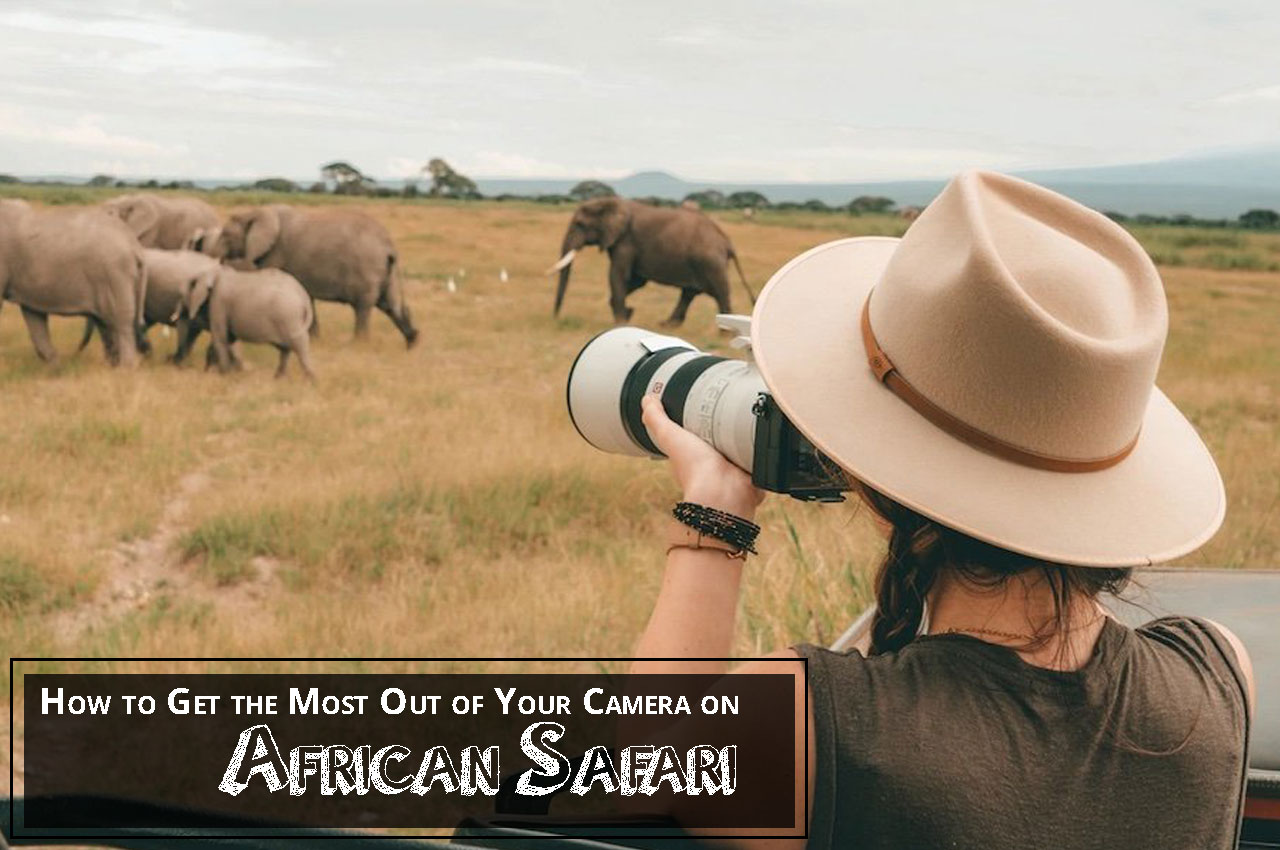CAMERA OR SMART PHONE
Obviously, your camera is the most crucial aspect. When that perfect opportunity comes itself, knowing how to use your equipment and how to get the most out of it is critical. If you've booked a safari, you've most likely spent a significant amount of money on tickets and lodging which can be overcome by finding cheap flights to Johannesburg. But you should not skimp on camera equipment at this point if you want to capture the photographs you've always wanted - you won't be able to do it with a smartphone or a point-and-shoot. If you decide to invest in a good camera, spend some time getting to know how to operate it before your trip




